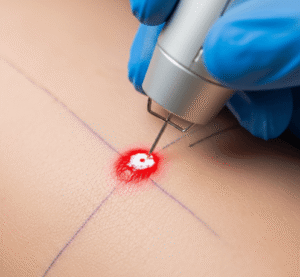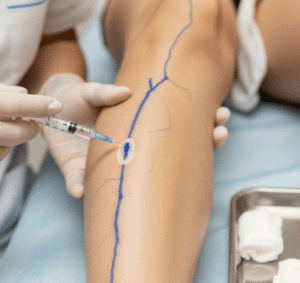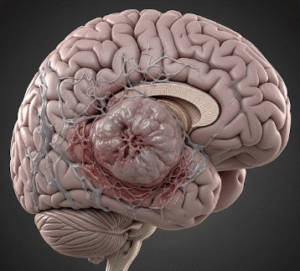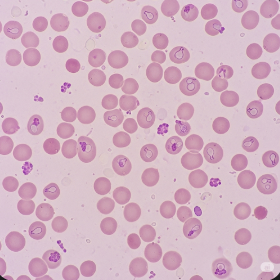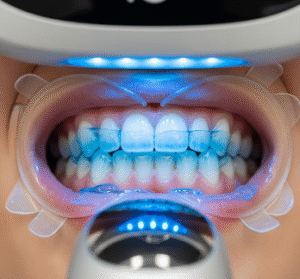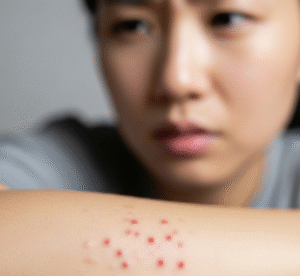What It Is
Zygomatic osteotomy is a specialized facial bone surgery performed to reshape or reposition the cheekbones (zygomas). It involves cutting and moving parts of the zygomatic bone to achieve a slimmer, more harmonious facial contour. Unlike cheek shaving, this method allows for both reduction and repositioning of the bone for long-lasting results.
In simple terms, it’s a surgical method to reduce wide cheekbones and improve facial balance.
Why It’s Done
- To reduce facial width caused by prominent cheekbones.
- To correct facial asymmetry.
- To create a softer, smaller, and more attractive facial profile.
- To enhance femininity or smooth out harsh facial lines.
Common patient groups:
- Individuals with broad or protruding zygomas.
- Patients seeking cosmetic facial contouring (especially popular in East Asia).
- Adults aged 20–40, both male and female, who want permanent facial reshaping.
Alternatives
- Non-surgical options: Fillers or fat grafting (cosmetic camouflage, not bone reduction).
- Other surgical options: Cheekbone shaving, jaw reduction, or chin surgery for full facial contouring.
- Limitations: Only osteotomy can actually reposition bone, while shaving provides less dramatic results.
Preparation
- Comprehensive consultation with a plastic or maxillofacial surgeon.
- CT scans, X-rays, and facial analysis for surgical planning.
- Pre-op health checks and blood work.
- Stop alcohol, smoking, and blood-thinning medications before surgery.
- General anesthesia requires fasting 6–8 hours before the procedure.
How It’s Done
- Surgery is performed under general anesthesia.
- Small incisions are made inside the mouth and/or near the temples for access.
- A surgical saw or burr is used to cut the zygomatic bone (osteotomy).
- The bone is repositioned inward and fixed with titanium plates or screws.
- Duration: 2–3 hours.
- Hospitalization: Usually 1–2 nights.
Recovery
- Swelling peaks within the first week, then gradually decreases.
- Return to work in 2–3 weeks depending on healing.
- Final contour visible after 3–6 months.
- Soft diet for the first 1–2 weeks to reduce stress on healing bones.
Possible Complications
- Temporary numbness or tingling in cheeks.
- Infection, bleeding, or poor bone healing.
- Asymmetry if repositioning is uneven.
- Over- or under-correction of cheekbone size.
- Rare complications with experienced Korean surgeons, as they use advanced fixation systems.
Treatment Options in Korea
Diagnosis
- 3D CT imaging to map out cheekbone structure.
- Digital facial simulations to preview surgical outcomes.
Medical Treatments (Non-Surgical)
- Fillers and fat grafts for contour correction (not permanent).
- Mostly for patients who want subtle changes without surgery.
Surgical or Advanced Therapies
- Zygomatic body and arch osteotomy (most common in Korea).
- Inward repositioning with fixation plates for a slimmer facial profile.
- Minimally invasive methods with smaller incisions and reduced downtime.
- Cutting-edge fixation with titanium mini-plates for long-term stability.
Rehabilitation and Support
- Compression masks and cold therapy to minimize swelling.
- Nutritional guidance for bone healing and recovery.
- Specialized follow-up care in Korea’s leading hospitals.
- International patient support: translators, concierge services, and recovery packages.


